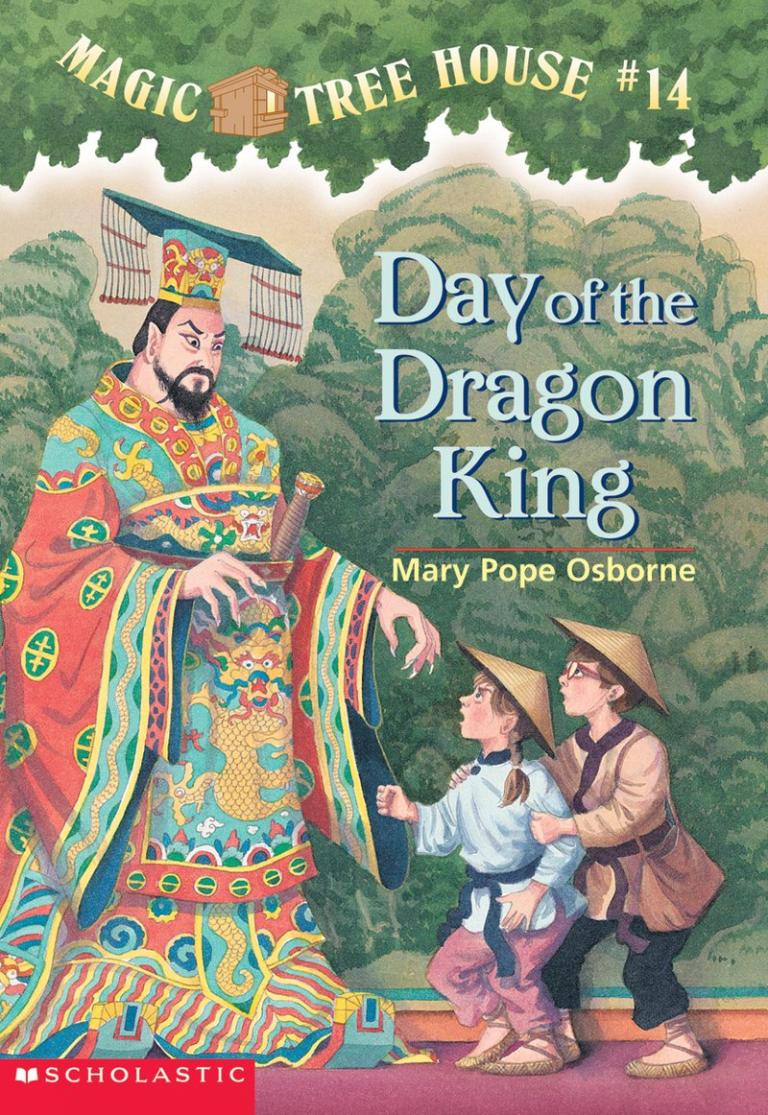The Dragon King and the Yan Wang in the Nether World
2 min readIn ancient China,the unicorn,phoenix,tortoise,and dragon were regarded as the Four Spiritual Animals that symbolized auspicious signs.The image of the dragon has the head of an ox,the horn of a deer,the eyes of a shrimp,the claws of a hawk,the body of a snake,and the tail of a lion.Besides,scales and shells cover the whole body.The dragon can walk on land,swim in water,and fly among the clouds.

In ancient times Chinese emperors claimed that they were the incarnation of thedragon,symbolizing power and dignity.The common people under their jurisdiction should respect emperors as the incarnation of virtue and strength.
In Chinese mythology,there are four grand Dragon Kings that rule the Four Seas and manipulate the clouds and rain.In addition,there are many little Dragon Kings that reside in other waters,taking charge of local weather for crops.

In ancient times,people built up shrines or temples dedicated to either grand or little Dragon Kings.Whenever floods or droughts occurred,local people believedthat the Dragon King was in a rage,punishing all local living creatures.People would go to the Dragon King temple where they prayed in front of the dragon image,burning incense and providing food offerings,and wishing that the Dragon King would expel floods or droughts and bring good weather for harvests.
Yan Wang in the Nether World
In Chinese folk belief,the Jade Emperor acts as the executive ruler of all supernatural beings,so Heaven and the Nether World are both under his jurisdiction.However,the Emperor is so deeply involved with the Heavenly Palace affairs that Yan Wang(King Yama)serves as the executive ruler of the Nether Wor1d.
Yan Wang is the shortened Chinese transliteration of Yama Raja in Sanskrit.The information about Yan Wang was first recorded in an early stratum of Vedic mythology and in Vedic tradition.

After Buddhism entered China,many changes were made in Buddhism to fit Chinese culture and adapt to Chinese ways of thinking and practice.The belief in Yan Wang became more prevalent after the Six Dynasties. The Buddhist concept of Naraka(the Sanskrit word for the underworld)was combined with the aboriginal Chinese Nether World.The result brought about the saying of”Ten Kings in the Underworld.” In the Tang Dynasty such a saying widely spread amid common people in the country,and people gave the ten kings a unified name:Yan Wang.
Traditionally,Yan Wang is enshrined in a hall inside the Chenghuang Temple. Very few temples are used only for the placement of the images of Yan Wang and evil ghosts,except for Mount Pingdu which became well-known in the Ming and Qing Dynasties for its ghosts,due to the stories from novels like The Journey to the West and The Strange Tales of Liaozhai,which heightened the ghastly and evil atmosphere of Mount Pingdu.








